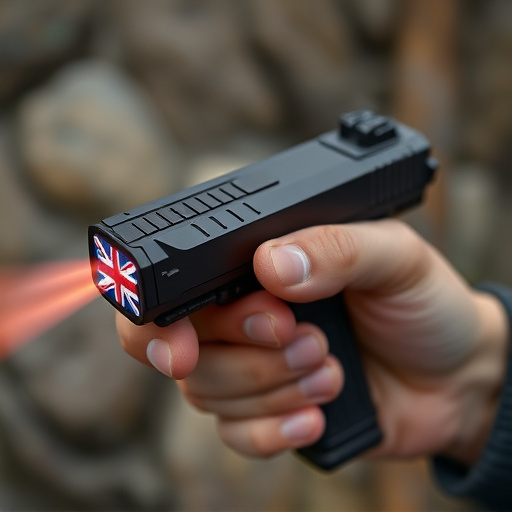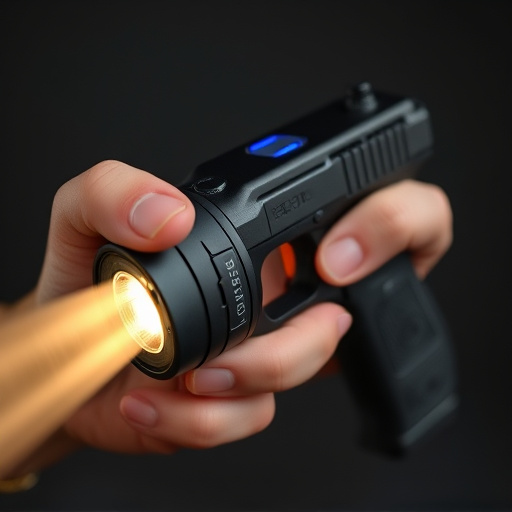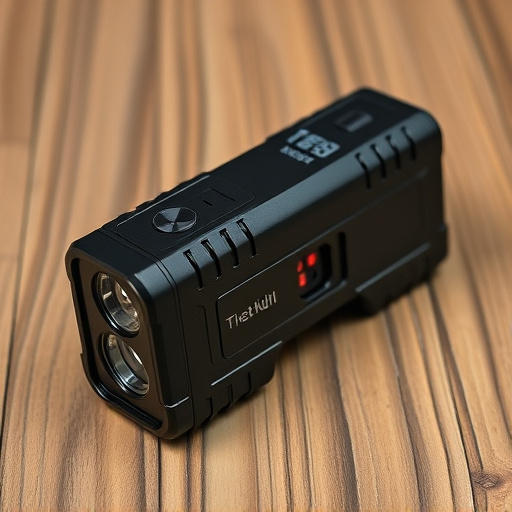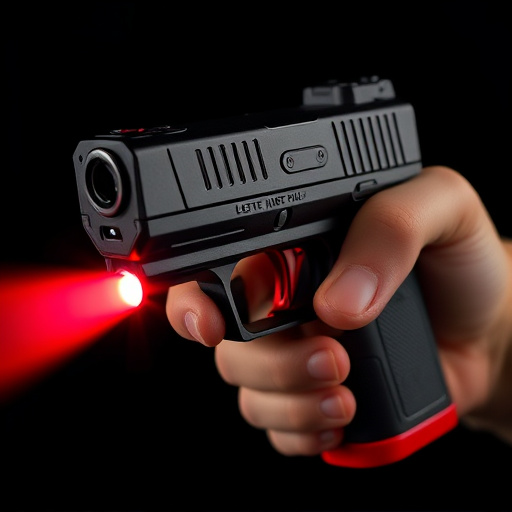A Slider Stun Gun offers tactical flexibility with adjustable amperage settings for non-lethal self-defense and law enforcement. By controlling the milliamperes (mA) delivered through metal probes, these devices temporarily paralyze targets without causing permanent damage. However, proper use is critical to avoid severe injuries, and legal complexities require understanding local regulations and compliance with amperage standards.
“Discover the power behind non-lethal self-defense tools with our in-depth look at slider stun guns. These compact devices utilize high amperage electrical shocks to immobilize assailants, providing a safe and effective deterrent. In this article, we explore the inner workings of slider stun guns, delving into the crucial role of amperage in their operation. We’ll also cover essential safety considerations and legal implications, empowering you with knowledge to make informed decisions regarding personal protection.”
- What is a Slider Stun Gun?
- How Does Amperage Work in Electrical Shock Weapons?
- Safety Considerations and Legal Aspects of Slider Stun Guns
What is a Slider Stun Gun?

A Slider Stun Gun is a type of non-lethal weapon designed to incapacitate targets through electric shock. Unlike traditional stun guns that use a single high-voltage pulse, slider stun guns employ a unique mechanism where a user can adjust the intensity of the electrical current by sliding a control lever. This feature allows for more flexibility in tactical situations, enabling users to tailor the shock level based on the need and threat level.
These devices operate by delivering a strong electric current through two metal probes or electrodes, causing muscular spasms and temporary paralysis. The slider mechanism provides a range of amperage levels, typically measured in milliamperes (mA), allowing for precise control over the impact. Higher amperage settings are effective for quickly subduing aggressive individuals, while lower settings can be used for less intense situations, ensuring minimal harm to bystanders or when de-escalating tense scenarios.
How Does Amperage Work in Electrical Shock Weapons?

Amperage plays a critical role in the functionality and effectiveness of electrical shock weapons, such as slider stun guns. These devices operate by delivering an electric current through the body of the target, temporarily neutralizing them. The amperage, or the rate at which electric charge flows through a conductor, determines the intensity of the shock. Higher amperage values result in more powerful shocks, ensuring rapid immobilization.
In a slider stun gun, for instance, pressing the trigger activates a circuit that allows a controlled amount of current to flow from the device’s electrodes, usually located at the end of the weapon. The amperage is precisely calibrated to deliver a shock that overrides the body’s natural functions without causing permanent harm. This technology enables law enforcement and self-defense enthusiasts to disable aggressors effectively while maintaining safety.
Safety Considerations and Legal Aspects of Slider Stun Guns

The slider stun gun, a powerful non-lethal weapon, poses unique safety considerations and legal implications that must be addressed. Safety is paramount when utilizing any electrical shock device; improper use or accidental discharge can result in severe injuries, especially if the stun gun’s amperage exceeds recommended levels. Users must understand the potential risks associated with high amperages to ensure responsible handling. Regular maintenance, understanding the device’s settings, and adherence to safety guidelines are essential to minimize these dangers.
Legally, slider stun guns operate within a complex framework of regulations that vary by jurisdiction. Some regions permit their use for self-defense purposes, while others have stringent restrictions or outright bans. Individuals considering acquiring a slider stun gun should conduct thorough research and comply with local laws. This includes understanding the legal definition of “stun device,” obtaining necessary permits, and ensuring the weapon’s amperage meets prescribed safety standards to avoid legal repercussions.
Slider stun guns, with their ability to deliver powerful electrical shocks, have become a topic of interest for personal defense. Understanding amperage, the key measure of current flow, is crucial in gauging their effectiveness and safety. While these weapons offer an alternative to conventional force, it’s essential to consider legal limitations and take precautions to avoid harm. Responsible ownership and knowledge of amperage details can ensure that slider stun guns serve as effective tools for self-defense while adhering to legal guidelines.
